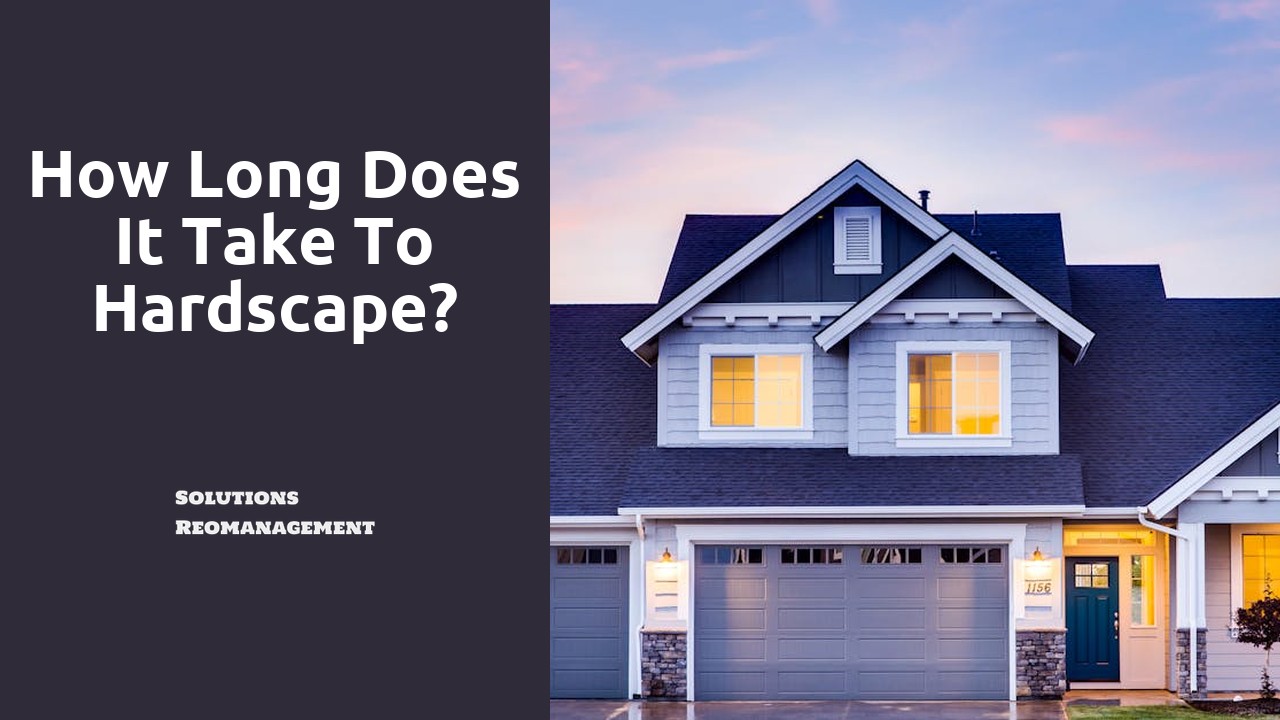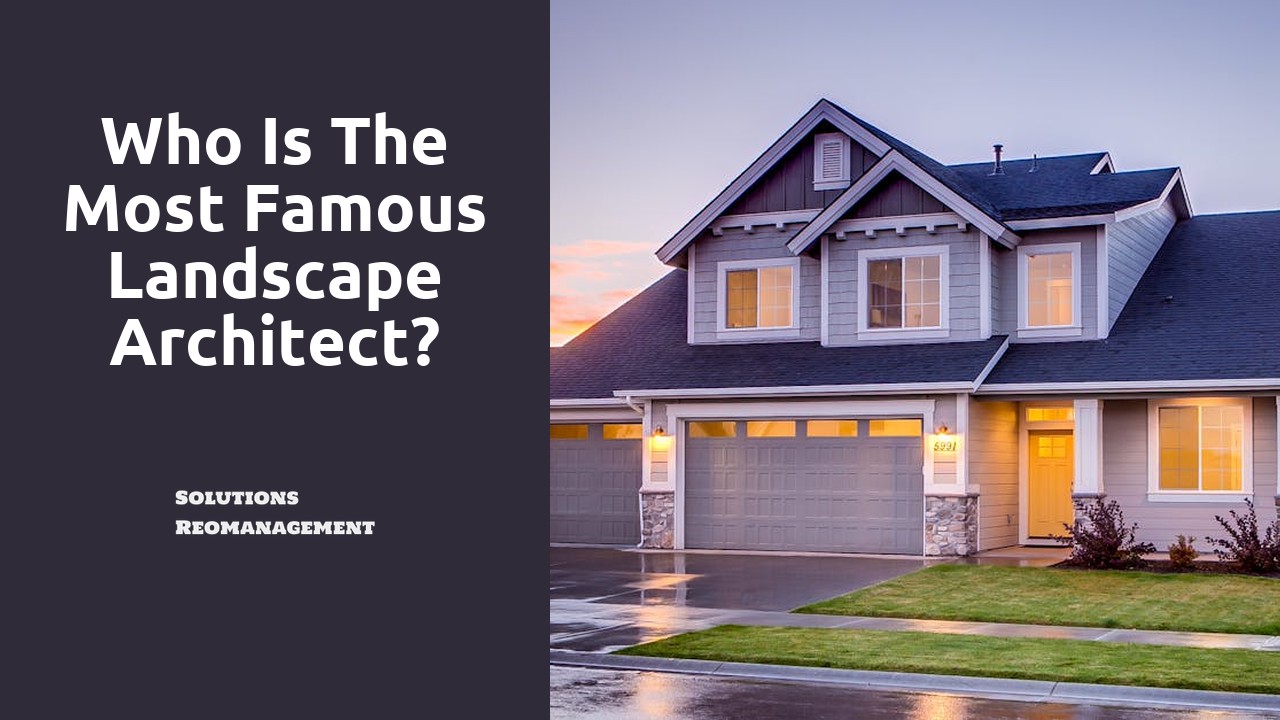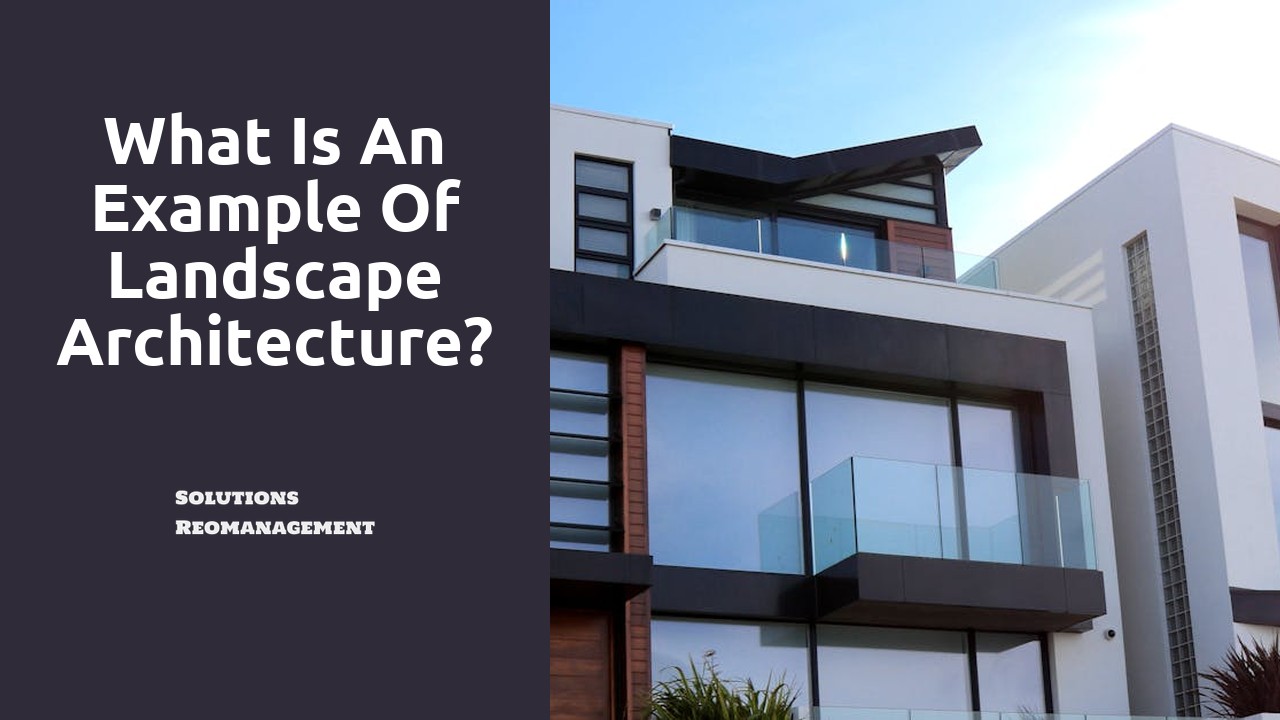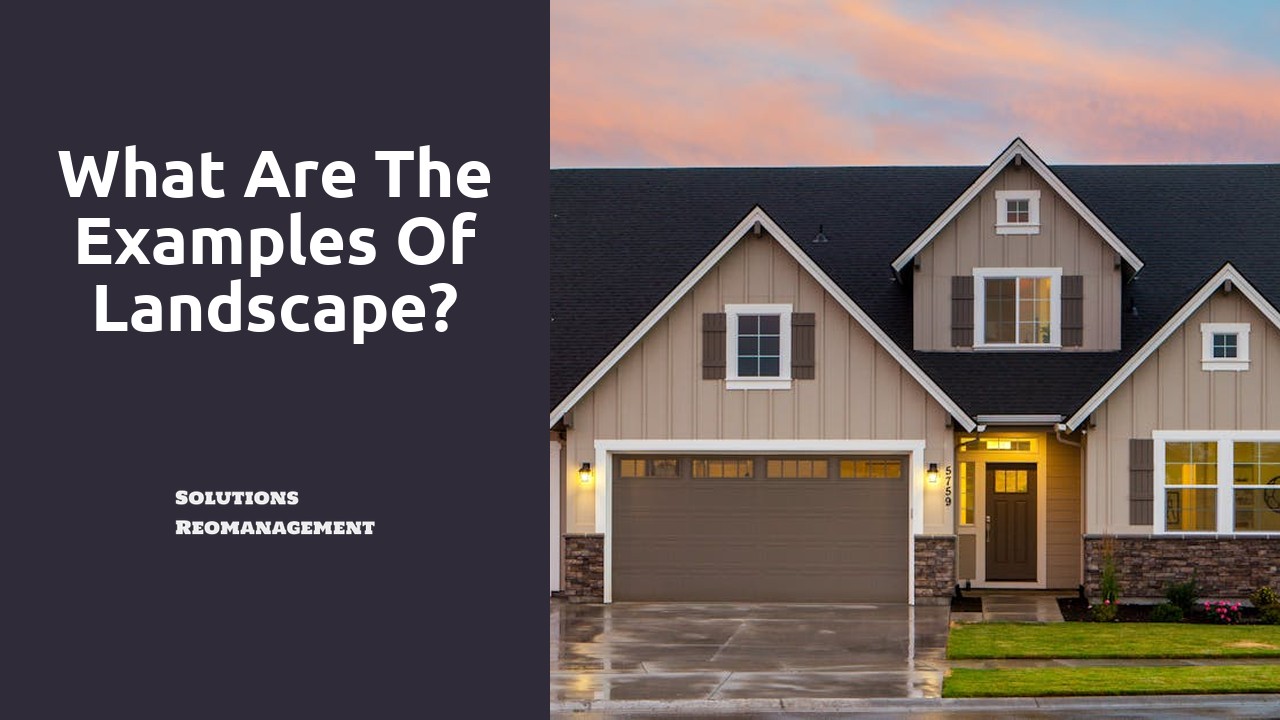
Table Of Contents
History of Landscape Architecture
Over the centuries, landscape architecture has evolved into a respected discipline that combines elements of art, science, and functionality. In early civilizations, such as those of Mesopotamia and Egypt, we can see the roots of landscape architecture in the design of gardens and public spaces. The intricate gardens of the ancient Hanging Gardens of Babylon showcase an early example of how landscape architecture was used to create aesthetically pleasing environments that delighted the senses. Similarly, the grandiose public spaces in ancient Rome reflect a sense of order and beauty that were essential components of landscape architecture, long before the term was coined.
Moving forward in time, the concept of designing outdoor spaces became more refined during the Renaissance period with the emergence of formal garden designs that emphasized symmetry and geometric patterns. Notable designers like Andre Le Notre, famed for his work at the Palace of Versailles, advanced the field and set the stage for the more intricate and detailed Hardscape Design in St. Thomas that we see today. These early historical influences laid the foundation for the profession of landscape architecture as we know it today, shaping the way we interact with and experience outdoor environments around the world.
Evolution of Design Principles
Design principles in landscape architecture have undergone a significant evolution over time, adapting to the changing needs of society and the environment. One example of this evolution can be seen in the incorporation of sustainable practices and eco-friendly design elements. Concepts such as rainwater harvesting, native plant landscaping, and green infrastructure have become essential components of modern landscape architecture projects. These principles aim to create more environmentally conscious and resilient landscapes that benefit both people and the planet. Additionally, the shift towards sustainable design has led to a greater emphasis on the integration of hardscape elements, such as Hardscape Design in Maple, to create functional outdoor spaces that are both visually appealing and practical.
Technology in Landscape Architecture
Technology plays a crucial role in the field of landscape architecture, revolutionizing the way designers plan and execute projects. With the advent of advanced software and digital tools, professionals can now create detailed 3D models and simulations that provide a precise representation of the final design. This technological advancement not only enhances the visualization process for clients but also allows designers to experiment with various elements such as plant placement, lighting effects, and materials to achieve the desired aesthetic appeal. In Welland, for instance, the integration of digital tools has redefined hardscape design, enabling architects to create innovative outdoor spaces that harmoniously blend functionality with aesthetics.
Moreover, the use of drones and satellite imagery has significantly improved the accuracy of site analysis and assessment in landscape architecture projects. By capturing high-resolution images of the site from various angles, designers can gain a comprehensive understanding of the topography, soil composition, and existing vegetation, facilitating informed decision-making during the design process. In the context of hardscape design in Welland, drone technology has proven instrumental in surveying large areas efficiently and identifying potential challenges that may impact the project implementation. This synergy between technology and landscape architecture not only streamlines the design process but also ensures that projects in Welland and beyond are executed with precision and attention to detail.
Innovations in Design Tools
In recent years, advancements in technology have revolutionized the way landscape architects approach design. The integration of 3D modelling software has allowed designers to create intricate and detailed plans with ease. These tools have enabled professionals to bring their ideas to life in a more dynamic and interactive manner, providing clients with a clearer vision of the final result. Hardscape design in Innisfil showcases these innovations in design tools, as landscape architects can now use computer software to visualize the placement of elements such as walkways, patios, and walls more accurately.
Moreover, the use of drones and aerial imaging has become increasingly common in the field of landscape architecture. These tools provide a bird's eye view of a site, offering valuable insights into topography, vegetation, and potential design challenges. By utilizing drones, designers can gather data more efficiently and accurately, leading to more informed design decisions. Hardscape design in Innisfil harnesses the power of aerial imaging to plan and execute projects with precision, resulting in well-crafted outdoor spaces that harmoniously blend with the surrounding environment.
Urban Planning and Landscape Architecture
Urban planning is a critical aspect of landscape architecture that focuses on the optimal organization of urban spaces to create functional and aesthetically pleasing environments for residents. Incorporating elements such as green spaces, pedestrian-friendly pathways, and sustainable infrastructure is essential in fostering healthy and thriving urban communities. In North York, hardscape design plays a key role in enhancing the urban landscape, contributing to the overall feel and functionality of public areas. By strategically integrating features like walkways, plazas, and seating areas, landscape architects in North York can transform urban spaces into inviting and attractive destinations for residents and visitors alike.
The integration of green infrastructure practices in urban planning and landscape architecture is crucial for building sustainable cities that prioritize environmental stewardship and conservation. By incorporating features such as rain gardens, bioswales, and green roofs, landscape architects can mitigate the impacts of urbanization on the natural environment while promoting biodiversity and ecosystem health. In North York, the seamless integration of green infrastructure with hardscape design not only enhances the aesthetic appeal of urban spaces but also contributes to improving air and water quality, reducing urban heat island effects, and increasing the overall resilience of the city's infrastructure.
Creating Sustainable Cities
Creating sustainable cities is a critical aspect of modern urban planning practices. By integrating green spaces, pedestrian-friendly pathways, and efficient public transportation systems, cities can reduce their environmental impact while enhancing the quality of life for residents. One example of sustainable urban design is Hardscape Design in Georgetown, where the use of permeable pavements and rain gardens helps to manage stormwater runoff and mitigate the urban heat island effect.
Moreover, promoting sustainable transportation alternatives such as cycling infrastructure and electric vehicle charging stations can significantly reduce carbon emissions in cities. In addition to incorporating sustainable practices in city planning, it is crucial to prioritize the preservation of natural ecosystems within urban areas. By integrating green corridors and wildlife habitats into the urban landscape, cities can support biodiversity and create healthier environments for both humans and wildlife to thrive.
FAQS
What is landscape architecture?
Landscape architecture is a profession that involves designing outdoor spaces, such as parks, gardens, and public areas, to create functional and aesthetically pleasing environments.
What is the main goal of landscape architecture?
The main goal of landscape architecture is to enhance the natural beauty of a space while also considering the practical aspects of its use and sustainability.
How is landscape architecture different from landscaping?
Landscape architecture involves the design, planning, and management of outdoor spaces on a larger scale, focusing on both aesthetics and functionality, whereas landscaping typically involves the installation and maintenance of gardens and yards.
What skills are required to become a landscape architect?
To become a landscape architect, one needs a combination of artistic design skills, technical knowledge of plants and construction, and the ability to understand and incorporate environmental factors into their designs.
How does landscape architecture contribute to community well-being?
Landscape architecture contributes to community well-being by creating spaces that promote social interaction, physical activity, and mental health, as well as enhancing the overall quality of life in urban and rural areas.




